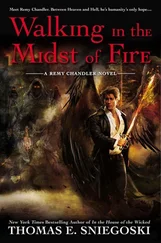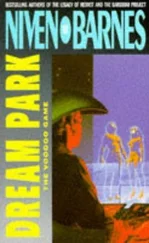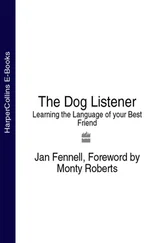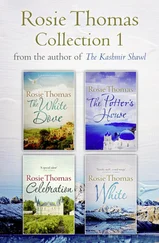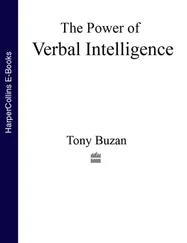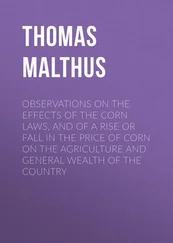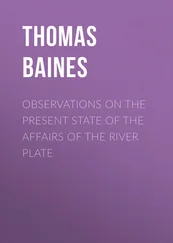OVERVIEW AND ORGANIZATION OF THE CVLT-II
The CVLT-II was the first major revision to the CVLT. The revision was guided by neuropsychological and cognitive research on memory, feedback from users and reviewers of the CVLT (both personal and published), and clinical experience by the authors. One of the major criticisms of the CVLT was the small, nonrepresentative sample used for the norms. Multiple studies demonstrated that the norms resulted in lower than expected scores in individuals with average to low educational attainment (Paolo, Troster, & Ryan, 1997; Wiens, Tindall, & Crossen, 1994). A large representative sample of the population aged 16–89 was collected to update the norms across seven age bands. In terms of content, the 16 items used in the word lists were modified to be easier to understand and were not presented as a shopping list. The word lists were derived using high-frequency words commonly spoken within the United States from four different semantic categories. The interference list also comprised 16 words from four categories, two of which overlapped with the original list. In addition, a forced-choice recognition trial was added to assess insufficient effort. Two new forms were also introduced with the CVLT-II: an Alternate Form and a Short Form. The Alternate Form is equated to the Standard Form, utilizes the same administration format, and provides the same scores as the Standard Form but uses alternate word lists from the Standard Form. The Short Form uses a nine-word list with a shortened format to accommodate use as a screener or with individuals that cannot tolerate lengthy testing. The Standard and Alternate Forms take 30 min to administer (in addition to the 20-min delay and an optional 10-min delay to administer the forced-choice recognition condition), whereas the Short Form takes around 20 min (in addition to the 10-min delay).
The development of the CVLT-II incorporated analysis of the performance of each score to evaluate the influence of demographic variables and general cognitive ability on performance, reliability and stability, score range and distribution for floor and ceiling problems, and clinical utility. Norms are corrected for age and sex because these demographic factors contributed more than 5% of the variance in primary scores. Detailed information on the psychometric properties and the clinical utility of the CVLT-II are described in the CVLT-II Manual (Delis, Kramer, Kaplan, & Ober, 2000).
Just as on the original CVLT, for the Standard and Alternate Forms, the examinee is read a list of 16 words across five learning trials, followed by an interference list trial. Following the interference trial, the examinee recalls the original list in both free-recall and cued-recall trials. The examiner then completes nonverbal testing for 20 min before administering delayed free-recall and cued-recall trials, as well as a delayed yes/no recognition trial. The examiner may then administer an optional forced-choice recognition trial following a 10-min delay (see Figure 1.2). All trials except the forced-choice recognition trial are required to derive the primary scores. It is highly recommended that examiners routinely administer the forced-choice recognition condition to assess performance validity.
For the Short Form, the examinee is read a list of nine words (from three semantic categories) across four learning trials, followed by a 30-s distractor task. Following the distraction task, the examinee is asked to recall the list in a short-delay free-recall trial. The examiner than completes nonverbal testing for 10 min before administering long-delay free- and cued-recall trials, as well as a delayed yes/no recognition trial. The examiner may then administer an optional forced-choice recognition trial following a 5-min delay (see Figure 1.3). All trials except the forced-choice recognition trial are required to derive the primary scores. See Rapid Reference 1.2for an overview of differences between the Standard/Alternate Forms and the Short Form.
| Learning trials |
30-second distractor task |
Short-delay |
Long-delay (follows 10-min delay) |
Yes/No recognition |
Forced-choice recognition (follows a 5-min delay) |
| Trial 1 Free RecallTrial 2 Free RecallTrial 3 Free RecallTrial 4 Free Recall |
|
Short-Delay Free Recall |
Long-Delay Free RecallLong-Delay Cued Recall |
Yes/No Recognition |
Forced-Choice Recognition |
Figure 1.2 CVLT-II and CVLT3 structure, brief form.
Rapid Reference 1.2
Differences Between the CVLT-II Standard/Alternate Forms and the Short Form
| Standard/alternate form |
Short form |
| Administration |
| 16-word list from 4 categories5 Learning TrialsInterference List and RecallShort-Delay Free and Cued Recall20-min delayLong-Delay Free and Cued RecallLong-Delay Yes/No Recognition10-min DelayForced-Choice Recognition |
9-word list from 3 categories4 Learning Trials30-s distraction taskShort-Delay Free Recall10-min delayLong-Delay Free and Cued RecallLong-Delay Yes/No Recognition5-min DelayForced-Choice Recognition |
| Scoring |
| 18 Hand-Scored Variables66 Normed Variables (Software)Multiple Raw Scores (Software) |
15 Hand-Scored Variables51 Normed Variables (Software) |
Scores derived on the CVLT-II assess attention, learning strategies, recall accuracy and consistency, proactive and retroactive interference, recall errors, recognition, and performance validity. Normative data are provided for 27 primary scores and 39 expanded scores in the scoring software. Eighteen of the primary variables can be hand scored. For the Short Form, 23 primary scores are provided along with 28 expanded scores in the scoring software. Fifteen of the primary variables can be hand scored. In addition, the scoring software provides raw data for numerous nonnormed variables in a research report.
A T score is derived for the learning trials (Trials 1–5 for Standard/Alternate Forms and Trials 1–4 for the Short Form) with a mean of 50 and a standard deviation of 10. The process scores provided in the CVLT-II provide detailed information about the learning and memory processes required to encode, recall, and recognize verbal information. For these scores, age- and gender-corrected z scores are provided with a mean of 0 and a standard deviation of 1. In addition, cumulative percentages are provided for some scores with highly skewed distributions. The normative scores derived in CVLT-II are listed in Rapid Reference 1.3by condition.
Rapid Reference 1.3
Primary Scores Derived in CVLT-II, by Condition
| Learning trials |
Recall scores |
Recognition scores |
| Trial 1 Free-Recall Correct a Trial 2 Free-Recall Correct a Trial 3 Free-Recall Correct a Trial 4 Free-Recall Correct a Trial 5 Free-Recall Correct a , b Trials 1–5 Free-Recall Correct (T score) a List B Free-Recall Correct a , b List B vs. Trial 1 (contrast score) Semantic Clustering (Chance-Adjusted) Semantic Clustering Bidirectional (Chance-Adjusted) |
Short-Delay Free-Recall Correct a Short-Delay Cued Recall Correct a , b Short-Delay Free Recall vs Trial 5 (contrast score) Long-Delay Free-Recall Correct a Long-Delay Cued Recall Correct a Long-Delay Free Recall vs. Short-Delay Free Recall (contrast score) Free-Recall Intrusions a Cued-Recall Intrusions a |
Long-Delay Yes/No Recognition Total Hits a Long-Delay Yes/No Recognition Total False Positives a Total Recognition Discriminability ( d' ) Total Recognition Discriminability vs. Long-Delay Free Recall (contrast score) Total Response Bias Long-Delay Forced-Choice Recognition Percent Total Accuracy a |
| Subjective Clustering (Chance-Adjusted)Percent Recall from PrimacyPercent Recall from MiddlePercent Recall from RecencyTotal Learning Slope Trials 1–5Across-Trial Recall Consistency |
Total Intrusions a Total Repetitions a Total Recall Discriminability |
|
a Scores that are easily hand scored.
Читать дальше

